
Culture
11:14, 22-Apr-2019
Historically rich but looted: The National Museum of Iraq
CGTN
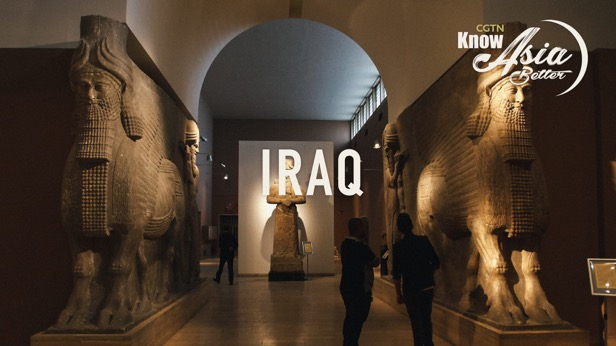
What are the cultural elements that best represent Asia? Follow up the "Know Asia Better" series. It will offer you a glimpse of 47 Asian countries, through architecture, art or cultural figures to show you a diversified Asia that you may never have noticed before.
The National Museum of Iraq is a cultural epitome of historically-rich Iraq. Established in 1920s in Baghdad, the museum originally contained nearly 300,000 precious historical relics ranging from the Neolithic Age up to 100,000 years ago to the mid-19th century.
Bearing one of the earliest human civilizations, Mesopotamia witnessed the rises and falls of many important civilizations, including Sumerian civilization, the Babylonian civilization, the Assyrian empire, and Persian and Arab civilizations. Rooted in the region, Iraq collected what is considered to be finest artifacts in human history.
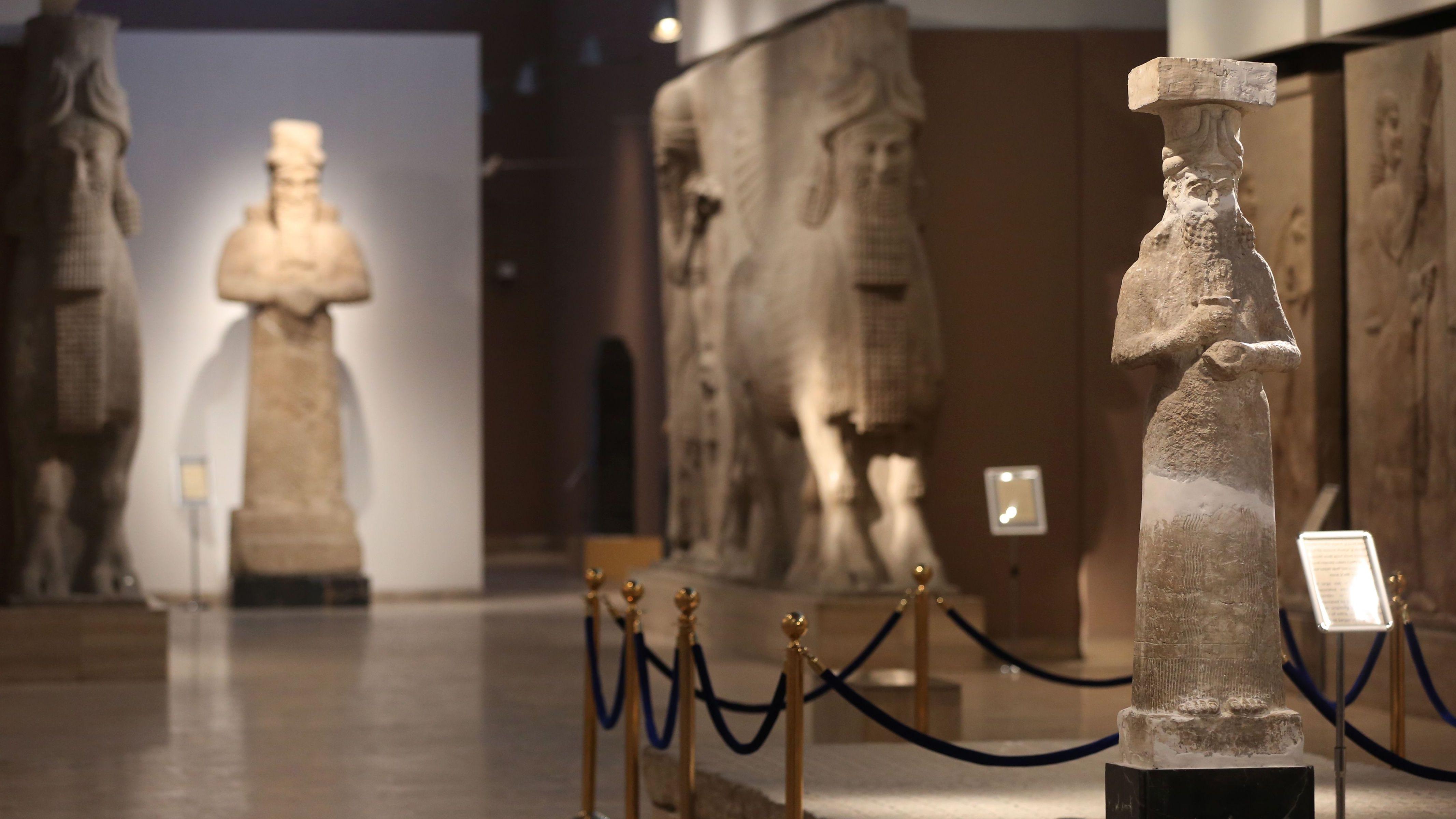
Assyrian artifacts originally from Mosul are displayed at Iraq's national museum in Baghdad, April 4, 2016. /VCG Photo
Assyrian artifacts originally from Mosul are displayed at Iraq's national museum in Baghdad, April 4, 2016. /VCG Photo
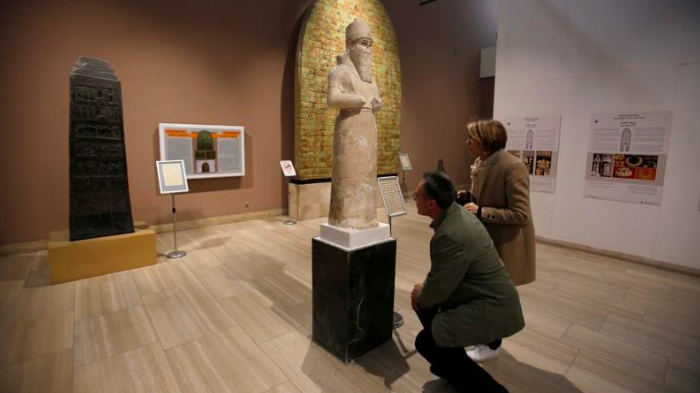
Visitors look at the King Shalmaneser III statue at Iraq's national museum in Baghdad, January 23, 2019. /Reuters Photo
Visitors look at the King Shalmaneser III statue at Iraq's national museum in Baghdad, January 23, 2019. /Reuters Photo
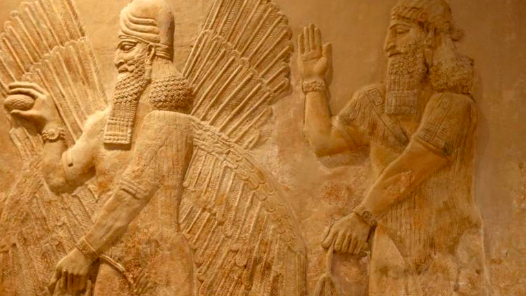
An Assyrian relief is seen displayed at Iraq's national museum in Baghdad, July 15, 2015. /Reuters Photo
An Assyrian relief is seen displayed at Iraq's national museum in Baghdad, July 15, 2015. /Reuters Photo

A limestone statuette from the archaelogical site of Warka is displayed at Iraq's national museum in Baghdad, December 31, 2013. /Reuters Photo
A limestone statuette from the archaelogical site of Warka is displayed at Iraq's national museum in Baghdad, December 31, 2013. /Reuters Photo
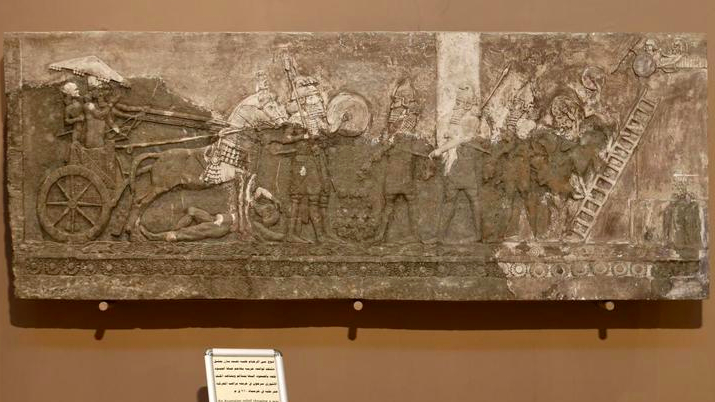
An Assyrian relief is seen displayed at Iraq's national museum in Baghdad, July 15, 2015. /Reuters Photo
An Assyrian relief is seen displayed at Iraq's national museum in Baghdad, July 15, 2015. /Reuters Photo
Of its many noteworthy collections in the museum's 28 galleries and vaults, the head of an Akkadian ruler, the ivory statues of the Assyrian era known as the "Mona Lisa of Nimrud," and the Nimrud gold collection, are exceptional.
The museum has a library with 6,000 manuscripts and about 70,000 books in various languages, including many precious Arabic and Persian scriptures of the Quran and the Hadith, as well as works of medieval Arab history, literature and natural sciences, which are precious materials for studying the history and culture of Arab Islam.
During and after the 2003 invasion of Iraq, thousands of pieces in the collections were looted. On February 23, 2009, Iraqi Prime Minister Nuri al-Maliki reopened the museum, but about 7,000 lost properties are still unknown. In February, 2015, the National Museum of Iraq was officially reopened after 12 years of closure.Previous

SITEMAP
Copyright © 2018 CGTN. Beijing ICP prepared NO.16065310-3
Copyright © 2018 CGTN. Beijing ICP prepared NO.16065310-3